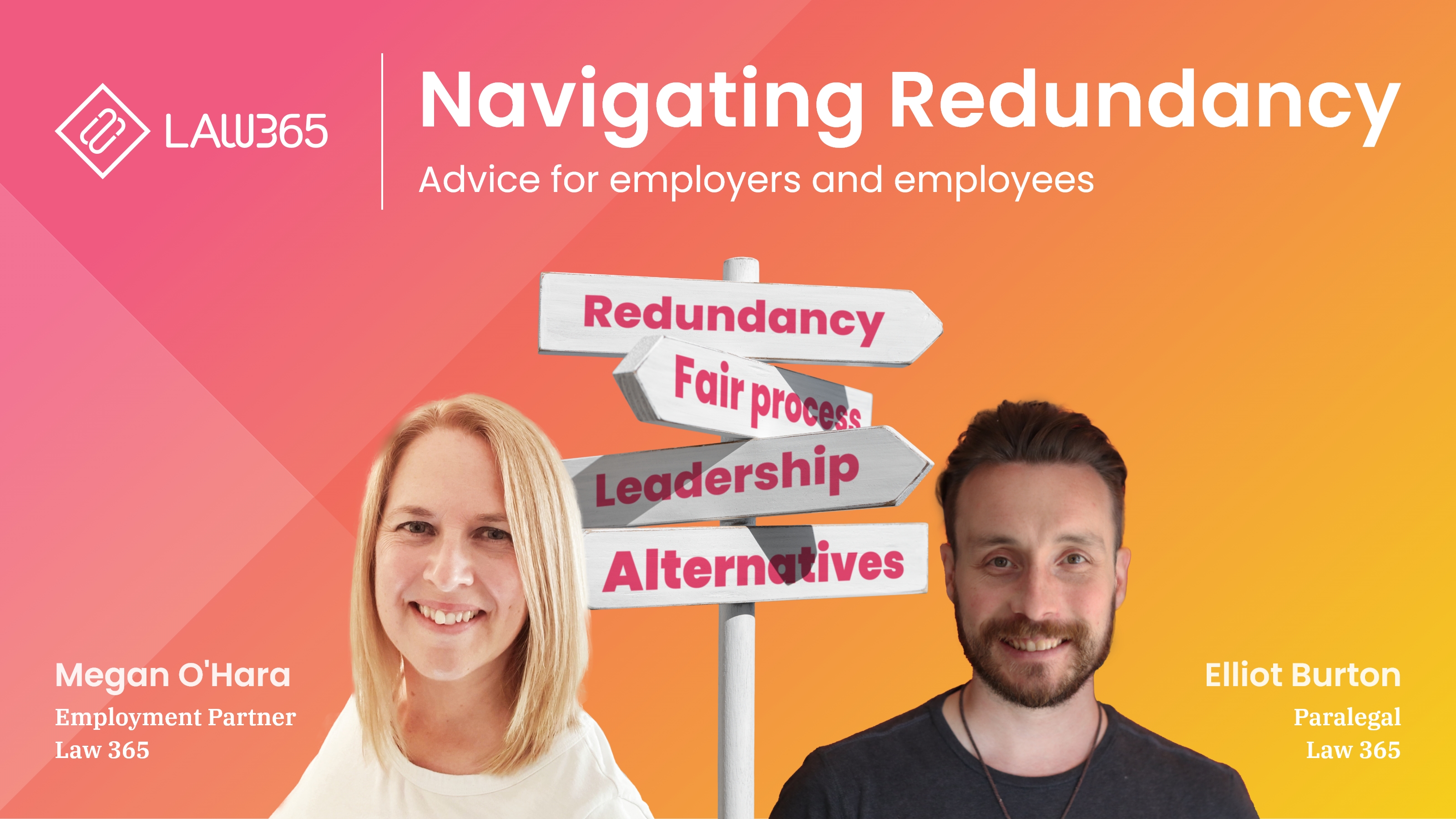What Happens to Redundancy If Company Goes Bust? A Guide to Your Rights
What Happens to Redundancy If Company Goes Bust? A Guide to Your Rights
Blog Article
Exploring the Interaction In Between Business Redundancy and Organizational Versatility for Future Growth
In the vibrant landscape of today's company globe, the intricate relationship in between firm redundancy and business adaptability emerges as an essential aspect for continual development and success. Companies typically encounter the obstacle of striking a delicate balance between preserving a degree of redundancy to minimize threats and fostering adaptability to respond promptly to the ever-evolving market demands.
Value of Firm Redundancy
Company redundancy is an important component that boosts business resilience and reduces functional risks. By integrating redundancy actions within the organizational framework, companies can better endure unpredicted disruptions and fluctuations in the service setting. Redundancy offers as a strategic buffer, permitting companies to adapt and react efficiently to unanticipated obstacles without compromising crucial procedures.
One key element of the value of company redundancy is its duty in making sure connection throughout times of crisis. When faced with sudden modifications or emergency situations, repetitive systems, resources, or personnel can tip in to keep critical features and avoid widespread disturbances. This connection not only safeguards the firm's track record and customer trust fund however also decreases monetary losses and operational downtime.

Techniques for Organizational Flexibility

Developing versatile business structures that allow for quick changes to market characteristics and client requirements is crucial for remaining competitive in a rapidly evolving setting. By proactively recognizing prospective disruptions and opportunities, companies can proactively adjust and flourish in an ever-changing business landscape.
Balancing Redundancy and Adaptability
Attaining a harmonious equilibrium in between functional redundancy and organizational adaptability is paramount in browsing the complexities of a dynamic organization atmosphere. Redundancy within a company provides a safety and security internet, making sure continuity and stability in procedures. Nevertheless, an excess of redundancy can bring about inefficiencies and impede versatility to transforming market problems. On the various other hand, organizational adaptability permits companies to react quickly to exterior interruptions and confiscate new possibilities. Striking the best equilibrium between redundancy and flexibility is a delicate process that calls for a deep understanding of the organization's objectives, industry characteristics, and risk resistance.
To achieve this balance, business require to perform regular evaluations of their operations to determine locations where redundancy is essential for risk mitigation and where versatility can drive technology and development. Executing adaptable frameworks, fostering a society of continual knowing and renovation, and encouraging open communication throughout all degrees of the organization are key techniques to harmonize redundancy and flexibility successfully. By lining up these 2 vital components, companies can place themselves for lasting development and success in an ever-changing organization landscape.
Study on Adjustment Success
In checking out instances of effective business adaptation, it comes to be apparent that the interaction in between operational redundancy and adaptability is a defining aspect in shaping resilient organizations. A DVD rental service, Netflix demonstrated remarkable flexibility by transitioning into a streaming system when digitalization disrupted the market. These situation researches emphasize the significance of operational redundancy coupled with organizational click here to find out more versatility in promoting long-lasting development and competitiveness.
Building Durability for Future Growth
Building durability for future development calls for a strategic alignment of functional procedures with market characteristics and arising patterns. Firms have to adjust to transforming settings by cultivating a culture of flexibility, development, and constant enhancement. Resilience my response involves not only bouncing back from problems but likewise proactively getting ready for future difficulties. One key aspect of building resilience is buying robust threat monitoring approaches to minimize possible interruptions. This includes scenario preparation, expanding supply chains, and creating backup strategies for numerous backups (who pays redundancy money).
Furthermore, cultivating solid connections with stakeholders, such as clients, workers, distributors, and the area, is essential for weathering uncertainties and keeping depend on and assistance during stormy times. Effective communication and openness play an important role in structure durability, as they aid help with and line up expectations partnership in browsing unpredictabilities.
Additionally, organizations require to focus on understanding and advancement campaigns to upskill employees and equip them with the necessary devices to adapt to changing conditions. By purchasing their workforce, business can improve their flexibility and dexterity, ultimately strengthening their durability for sustainable future growth.
Final Thought

In the dynamic landscape of today's organization world, the detailed connection in between business redundancy and business adaptability arises as an important variable for sustained development and success. Firms click for info frequently encounter the challenge of striking a fragile equilibrium between maintaining a level of redundancy to mitigate risks and promoting flexibility to respond swiftly to the ever-evolving market demands.To attain this balance, companies need to carry out normal assessments of their operations to determine locations where redundancy is essential for risk mitigation and where adaptability can drive technology and development.In conclusion, the interplay between company redundancy and organizational versatility is vital for future development. Structure strength through a combination of redundancy and adaptability will guarantee that business are prepared for the obstacles of the future.
Report this page